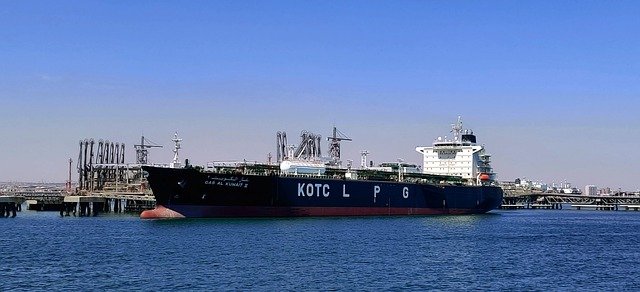Current technologies for the prevention of micro-organisms in fuel tanks

Currently there are a wide variety of qualitative methods that allow the detection of microorganisms specifically in fuels in a quick and simple way, since they do not require much sample preparation; it should be noted that when assessing microbiological contamination in the fuel, the aqueous phase present at the bottom must be taken into account, since this is where the greatest microbial load is going to be found. Generally, one of the best treatments for the control and mitigation of microorganisms in fuels is good housekeeping practices, such as in-tank cleaning and periodic water drains. However, this type of cleaning is difficult to perform on a regular basis, as it entails high costs, in addition to lost sales per cleaning days per year.
It should be noted that this type of maintenance is considered high risk due to tank degassing, disconnection of electrical and pneumatic systems, among others. For this reason, this type of maintenance should be carried out as a complement to a microbiological control. Among the methods used by ESD to combat background problems and microbiological contamination are the following:
�Microfiltration equipment. These are systems that are installed before the pump, in order to filter the fuel that leaves the storage tank and is delivered to the consumer's vehicle. They have filters of between 3 and 5 microns, which ensures a high retention of contaminating particles.
�Tank cleaning. Also called dialysis, it consists of the recirculation of the fuel located at the bottom of the tank, using a probe. This probe extracts the fuel from the bottom, passes it through a series of filters, which retain the different contaminants. Finally, the clean fuel is returned to the storage tank.
These methods do not ensure the removal of bio-films adhering to the storage tank walls or the reduction of microbiological load in the fuel. They are generally used to improve the appearance of the fuel at the bottom of the tank or to remove possible water deposits.
In our case, we incorporate elements that disinfect the fuel and when it is returned to the tank, it is done in such a way that all the impurities and microorganisms are removed, so that during the time the machine is working, all of them are filtered and pass through the disinfection chamber of our machine.
The quality of the disinfection process must be emphasised, in which no additives or biocides have to be added to the fuel and the quality of the fuel is not degraded in the process.
FDR System is a machine that has the capacity to clean, refine and disinfect fuel contained in hydrocarbon tanks (ships, vehicles, petrol stations, fuel tanks of distributors, etc.).
The present invention covers the need for an easy, definitive, economical and efficient solution to this problem, as the solutions currently available on the market do not meet any of these characteristics.
This patent is now on sale.
More info: www.fdrsystem.com